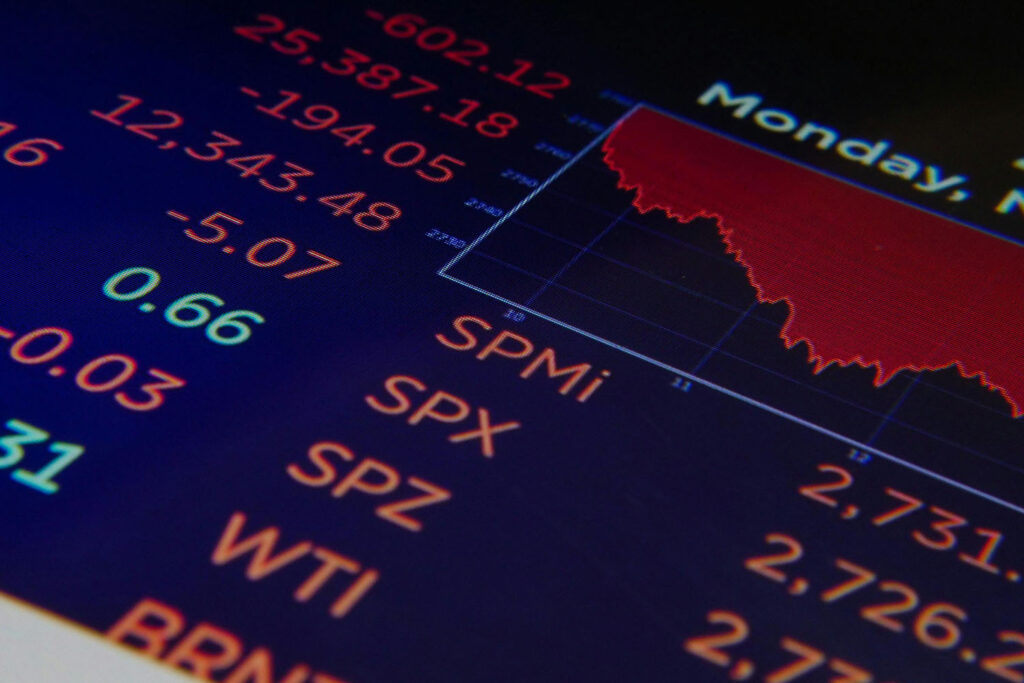Unbounded Uncertainty
Globe and Mail
Late last week the world’s central banks acted to head off panic among investors and lenders by pumping nearly a third of a trillion dollars of cash into the world’s financial markets. Something is clearly amiss.
As the U.S. subprime mortgage problem built steam through 2007, most experts said it could be easily contained. Only those firms directly engaged in subprime lending would be hit hard, they said.
But now the effects are spilling outward to affect the value and availability of even high-quality debt. And the world’s stock markets have seen a surge of volatility. Some big investors are being forced to sell equities to meet margin calls on devalued debt securities, while private equity firms have found that easy money to fund leveraged buyouts (the source of much of stock markets’ recent strength) has largely vanished. Other investors, meanwhile, have moved in to take advantage of what they think are great buying opportunities.
All this sounds pretty esoteric, and we might ask: What does the subprime crisis mean in lay terms? Here are three pointers that will help us track the unfolding story.
The other shoe is dropping. The events we’re seeing unfold now are directly connected to the dot.com boom of the late 1990s and subsequent recession of 2001. The link is the enormous flood of liquidity sloshing around in the world economy – hundreds of billions of dollars looking for profitable investments, magnified over and over again as big investors have developed new ways of lending the money (often beyond the control of central banks) and new kinds of complex, computer-traded securities, like derivatives.
This liquidity propelled the dot.com boom. When that bubble burst, the stock market crashed, and the U.S. nose-dived into recession, Alan Greenspan, then-chairman of the U.S. Federal Reserve Board, cut interest rates 11 consecutive times in 2001. Short-term rates bottomed out under 2 per cent, and the economy roared back.
But in the U.S. the result was another bubble – this time in housing, as consumers, speculators, and developers used super-low interest rates to go on a house buying and building spree. Consumers may have lost a lot of money in the market crash, and their wages and salaries may have been almost flat (after inflation) for years, but now with house prices soaring and interest rates low, they could borrow against their homes and keep buying stuff. As long as real estate boomed, everyone was happy.
Mortgage repackaging was a lot like money laundering. The U.S. housing boom was aided and abetted by sleazy lending practices that pumped up liquidity and the asset bubble in the housing sector even more. Prospective home buyers – even those with terrible or even non-existent credit ratings – were enticed with low-interest and no-down-payment terms. Many people signed on to “adjustable rate” mortgages: Interest rates and payments were low at the start but would “reset” to market rates at some later date. As long as housing prices were rising, buyers could be confident they could always refinance or, if necessary, resell their houses to stay ahead of any payment crunch.
Specialized firms borrowed money from banks to finance these low-quality mortgages. They then bundled the mortgages together to create debt securities – or “collateralized debt obligations,” in the current jargon. Credit rating agencies such as Standard & Poor’s and Moody’s gave these securities their AAA stamp of approval, which meant they could be sold to big investors, like pension funds, insurance companies, and hedge funds. Everything seemed legit.
But the subprime sow’s ear had simply been converted into a CDO sow’s ear: Lousy debt was passed off as high-quality debt. Now, with U.S. housing prices falling and mortgage defaults surging, the value of these securities is also falling. Banks are clamping down on all forms of lending and issuing margin calls to the firms and investors who borrowed money to create and buy mortgage-backed securities. The rating agencies are scrambling to stiffen their criteria for these securities, but no one really trusts their ratings any more anyway. And the market for mortgages not backed by the U.S. federal government has seized up.
Spreading the risk has simply created unbounded uncertainty. The superb credit ratings given mortgage-backed securities were often justified on the basis that securitization spread the risk around the world and across many classes of investors. But now we’re finding that it’s almost impossible to tell who is exposed to the downgrading of the value of these securities and who isn’t. Banks, hedge funds, and investment houses from Australia to France are indicating they’re in trouble. When damage is distributed far and wide, regulators and central bankers find it much more difficult to cope, because they can’t swoop in to bail out just a single firm or a handful of firms.
Unbounded uncertainty is deadly to market psychology. It creates a “head for the exits” mentality. And investors know there may be worse to come, because about $1-trillion in adjustable-rate mortgages in the U.S. are scheduled to reset this year alone, with a peak in October.
Whether the subprime mess becomes a wholesale liquidity crisis will depend largely on the savvy of the world’s central bankers, in particular the still-untested Fed chairman Ben Bernanke. Welcome to the job, Mr. Bernanke.

Topics
Economics
